Why Do Bengal Cats Have Spots? Unveiling the Secrets of Their Unique Coats
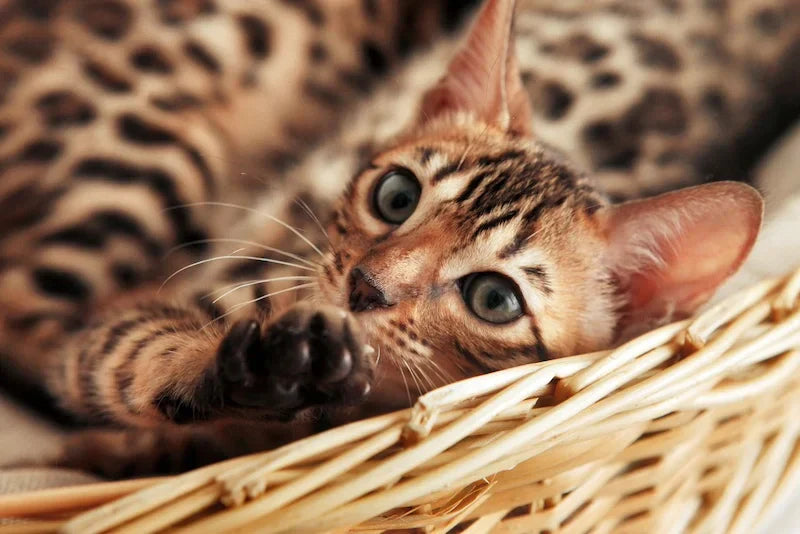
Imagine walking into a room and seeing what appears to be a miniature leopard lounging on the sofa, its coat shimmering with distinctive rosettes and spots that seem almost too perfect to be real. This breathtaking sight greets Bengal cat owners daily, as these remarkable felines showcase one of nature's most stunning coat patterns in a domestic setting. Their wild appearance often leaves visitors doing double-takes and wondering if they've stepped into a wildlife sanctuary.
Ever wondered why your Bengal cat has those beautiful spots? The answer lies in a fascinating combination of ancient genetics, careful breeding, and millions of years of evolution. According to research, Bengal cats carry genetic markers directly linked to their wild Asian Leopard Cat ancestors, with specific genes responsible for their distinctive spotted patterns being passed down through generations of selective breeding.
This exploration into the world of Bengal cat genetics reveals the remarkable journey from jungle to living room, uncovering the science behind those mesmerizing spots, their evolutionary purpose, and what makes each Bengal's pattern as unique as a fingerprint.
The Genetics Behind Bengal Cat Spots
Wild Ancestry: A Living Link to the Jungle
Why do Bengal cats have spots? This story begins deep in the forests of Asia, where wild Asian Leopard Cats (Prionailurus bengalensis) have roamed for thousands of years. These small wild felines, roughly the size of a domestic cat, possessed the spotted coats that would eventually become the hallmark of the Bengal breed.
In the 1960s, geneticist Jean Mill began the groundbreaking work of crossing domestic cats with Asian Leopard Cats, creating the foundation for what would become the modern Bengal breed. This hybridization wasn't just about creating a beautiful pet – it was about preserving the genetic heritage of wild felines while developing a companion suitable for home life.
The wild genes didn't disappear through domestication. Instead, they remained dormant in some crossings and expressed themselves beautifully in others, creating the stunning patterns we see today. This genetic legacy connects every Bengal cat to its wild cousins, making them living bridges between the domestic and wild feline worlds.

The Science of Spot Formation
Bengal cat spots result from complex genetic interactions involving multiple genes that control pigment distribution and pattern formation. The primary gene responsible for spotted patterns is the Tabby gene, specifically the spotted variant that creates the distinct markings we associate with Bengals.
The melanin distribution in Bengal cats follows specific genetic instructions that determine where dark pigment concentrates and where it remains lighter. This process creates the contrast necessary for visible spots and rosettes. The Agouti gene also plays a crucial role, controlling whether individual hairs display banded coloration that contributes to the overall pattern complexity.
Selective breeding has intensified these natural patterns through generations of careful genetic selection. Breeders identify cats with the most desirable spot characteristics and use them to produce offspring with even more pronounced and beautiful markings. This process has refined the Bengal coat over the decades, creating the spectacular patterns we see in modern Bengals.
Variations in Spot Patterns: Nature's Artistic Expression
Spotted Bengals display remarkable diversity in their coat patterns, with each cat showcasing a unique arrangement of spots and rosettes. Understanding these variations helps appreciate the complexity of Bengal genetics and the artistry of nature.
Common Bengal spot patterns include:
-
Single spots: Small, solid circular markings distributed across the coat
-
Rosettes: Ring-shaped markings with lighter centers, resembling those of wild leopards
-
Arrowhead rosettes: Pointed rosette shapes that create dynamic visual flow
-
Donut rosettes: Circular rosettes with distinct outlines and contrasting centers
-
Pawprint rosettes: Asymmetrical markings resembling paw prints
The size, shape, and distribution of these patterns depend on multiple genetic factors working together. Some Bengals display large, bold rosettes, while others feature smaller, more numerous spots. The spacing between markings also varies, creating cats with dense spot coverage or more open patterns with larger areas of background color.

The Beauty of Bengal Cat Spots: Nature vs. Nurture
Evolutionary Purpose: Camouflage in Action
The spots adorning Bengal cats serve the same evolutionary purpose as they provided their wild ancestors – camouflage. In dense jungle environments, dappled sunlight creates patterns of light and shadow that perfectly match spotted coat patterns. This natural camouflage helped wild cats remain hidden from both prey and predators, making spots a crucial survival adaptation.
The effectiveness of spotted camouflage extends beyond simple hiding. The broken pattern of spots disrupts the visual outline of the cat's body, making it difficult for other animals to accurately judge the cat's size, distance, and movement. This optical illusion provided significant hunting advantages in the wild.
Modern Bengal cats retain this camouflage capability, though they use it more for playful stalking of toys than actual hunting. Many Bengal owners notice their cats seem to "disappear" against certain backgrounds, demonstrating that these ancient survival patterns remain functionally effective.
Why Bengal Cats Still Have Spots: Beauty Meets Function
Contemporary Bengal cats maintain their spotted patterns because breeders and cat enthusiasts value both their aesthetic appeal and their connection to wild heritage. The spots serve no survival function in domestic settings, yet they remain one of the breed's most prized characteristics.
The preservation of spotted patterns reflects human appreciation for wild beauty in domestic settings. Bengal spots satisfy our fascination with exotic animals while providing the companionship and temperament suitable for home life. This combination of wild appearance and domestic temperament creates cats that feel both familiar and extraordinary.
The genetic stability of spot patterns also contributes to their persistence. The genes controlling Bengal spots are relatively stable and well-established, meaning they consistently reproduce in offspring when proper breeding practices are followed. This reliability allows breeders to predict and maintain desired coat characteristics across generations.
Spotted Bengal Kittens: What to Expect
Spot Development in Growing Cats
Spotted Bengal kitten development presents one of the most fascinating aspects of Bengal ownership. Newborn Bengal kittens often display fuzzy, indistinct markings that transform dramatically as they mature. Understanding this development process helps new owners appreciate their kitten's changing appearance.
The transformation timeline typically follows these stages:
-
Birth to 6 weeks: Soft, blurry markings with limited contrast
-
6 weeks to 4 months: Gradual sharpening and darkening of spots
-
4 months to 1 year: Continued refinement and pattern clarification
-
1 year and beyond: Final adult pattern with maximum contrast and definition
During the early weeks, Bengal kittens may appear to have solid or very faint markings. This temporary phase, sometimes called the "fuzzy stage," protects young cats in the wild by making them less conspicuous. As kittens mature, their adult coat gradually emerges, revealing the stunning patterns that were genetically predetermined but temporarily hidden.
Early Signs of Unique Patterns
Experienced Bengal breeders can often predict a kitten's adult pattern by examining subtle clues in their early coat development. The base color, contrast levels, and hint of future rosette formation provide insights into the adult appearance.
Key indicators include:
-
Contrast levels between light and dark areas
-
The presence of circular or oval shapes within markings
-
The overall distribution pattern across the body
-
The clarity of markings on the legs and tail
Potential Bengal owners should remember that dramatic changes are normal and expected. A kitten that appears less impressive at 8 weeks may develop into a stunning adult, while early beauty doesn't guarantee the most spectacular adult coat. Patience during the development process often yields the most rewarding results.

Caring for a Spotted Bengal Coat: Grooming Tips
Maintaining Natural Coat Beauty
The stunning appearance of leopard-spotted Bengal cat coats requires proper care to maintain their natural luster and pattern clarity. Bengal coats have unique characteristics that respond well to specific grooming approaches, enhancing their already impressive appearance.
Essential grooming practices include:
-
Weekly brushing with fine-bristled brushes to remove loose fur and distribute natural oils
-
Monthly baths using cat-specific shampoos to maintain coat cleanliness and shine
-
High-quality nutrition focusing on proteins and omega fatty acids for coat health
-
Regular inspection for skin issues that might affect the pattern's appearance
-
Environmental enrichment to reduce stress-related coat problems
Bengal coats typically require less maintenance than long-haired breeds, but their short, dense fur benefits from consistent care. The natural oils in their coat create the distinctive shimmer that makes their spots appear almost three-dimensional in proper lighting.
Special Considerations for Pattern Enhancement
Proper lighting showcases Bengal patterns at their best advantage. Natural sunlight reveals the full depth and complexity of Bengal markings, while harsh artificial lighting can wash out subtle pattern details. Many Bengal owners position cat trees and resting areas near windows to highlight their cats' natural beauty.
Nutrition plays a crucial role in pattern clarity and coat quality. High-protein diets with adequate fat content support the production of healthy hair follicles and maintain the contrast necessary for visible patterns. Supplements containing omega-3 and omega-6 fatty acids can enhance coat shine and color saturation.
Avoiding over-bathing preserves the natural oils that give Bengal coats their characteristic feel and appearance. Unless the cat gets into something messy, monthly bathing usually suffices to maintain optimal coat condition without stripping essential oils.
The Continuing Legacy of Bengal Spots
Modern Breeding and Pattern Refinement
Contemporary Bengal breeding continues to refine and enhance spot patterns through careful genetic selection. Modern breeders use advanced understanding of feline genetics to produce cats with increasingly spectacular markings while maintaining health and temperament standards.
Current breeding goals focus on:
-
Larger, more defined rosettes with clear contrast
-
Improved pattern flow across the cat's body
-
Enhanced color saturation in both spots and background
-
Maintained genetic diversity to prevent health issues
Why do Bengal cats have spots? The science behind this question continues to evolve as researchers discover new genetic factors that influence coat patterns. This ongoing research helps breeders make informed decisions about pairing cats to achieve desired outcomes while preserving breed health.
Appreciating Bengal Coat Diversity
Each Bengal's coat tells a unique genetic story, reflecting the complex interplay of inherited traits from both wild and domestic ancestors. No two Bengals display identical patterns, making each cat a singular work of natural art.
This individuality extends beyond mere aesthetics. The specific arrangement of spots and rosettes often reflects the cat's lineage and genetic heritage, creating living connections to both wild Asian Leopard Cats and the domestic cats used in early breeding programs.
Celebrating Nature's Artistry
The mesmerizing spots adorning Bengal cats represent far more than beautiful markings – they embody millions of years of evolution, careful genetic preservation, and the successful marriage of wild beauty with domestic companionship. These patterns connect modern house cats to their jungle-dwelling ancestors, creating living reminders of the wild world that shaped feline evolution.
Understanding the genetics and development of Bengal spots enhances appreciation for these remarkable cats and the dedicated breeders who preserve their unique characteristics. From the fuzzy markings of newborn kittens to the spectacular rosettes of adult cats, each stage of development reveals new aspects of their genetic heritage.
For those drawn to the exotic beauty of spotted cats, Bengals offer the opportunity to share homes with felines that carry the essence of the wild in every marking. Their spots represent not just aesthetic appeal but a fascinating genetic legacy that bridges the gap between domestic comfort and untamed beauty, making every Bengal cat a living masterpiece of natural selection and human dedication.




















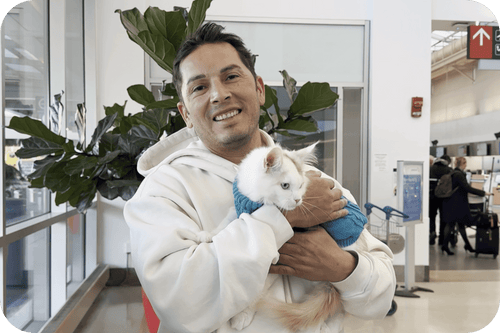
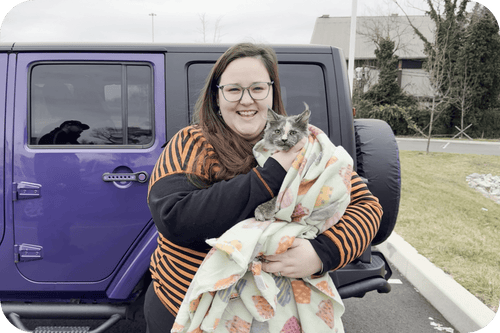

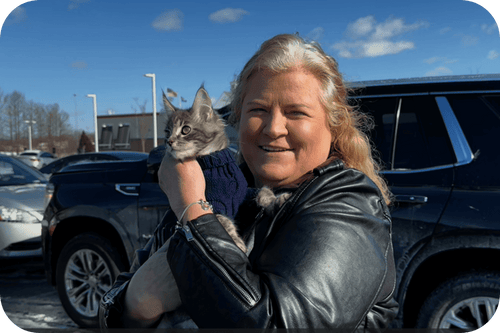
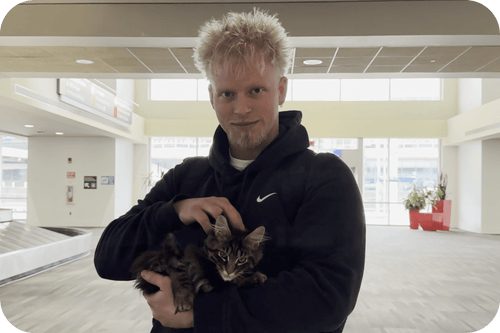
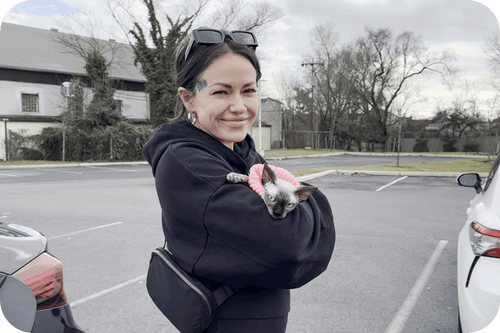
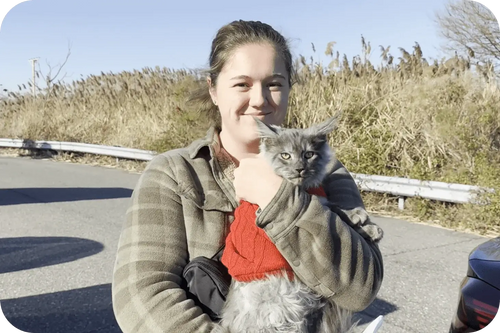
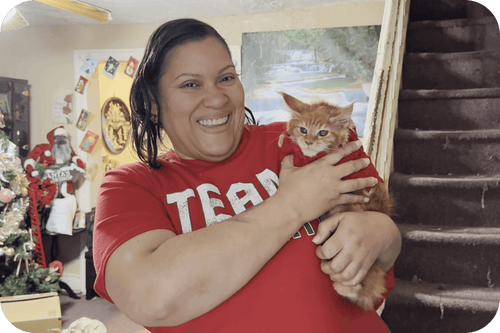
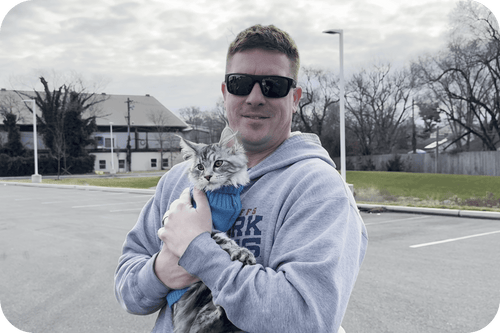
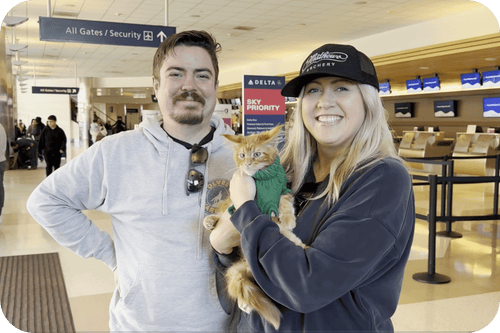

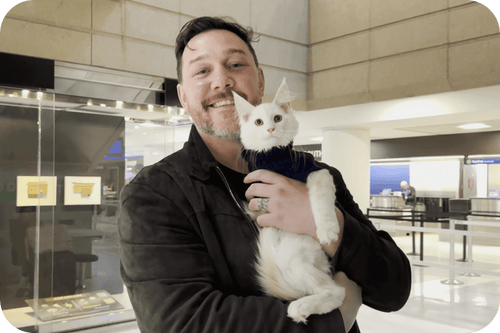
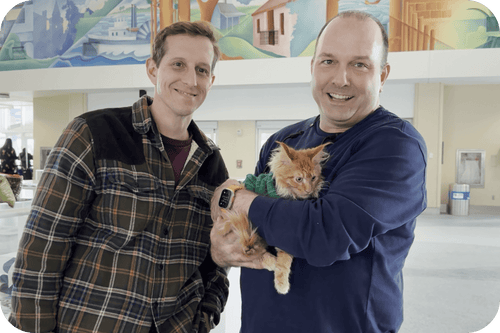
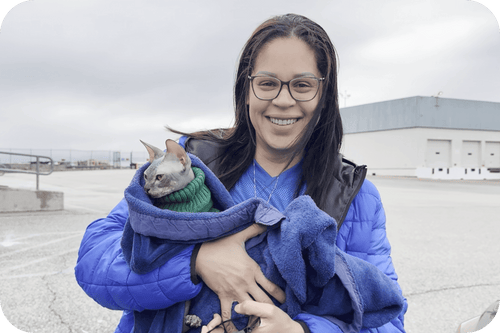
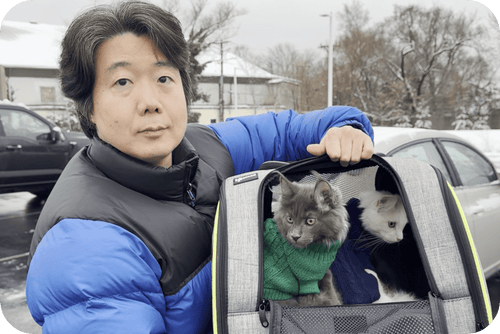
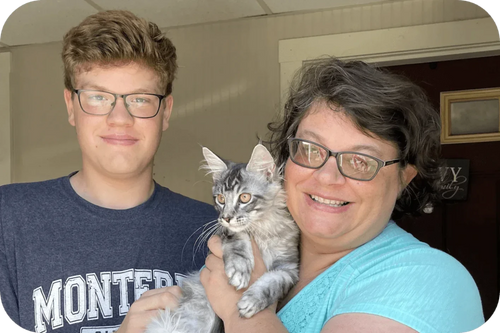
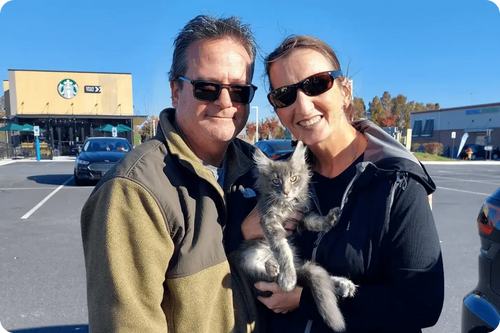
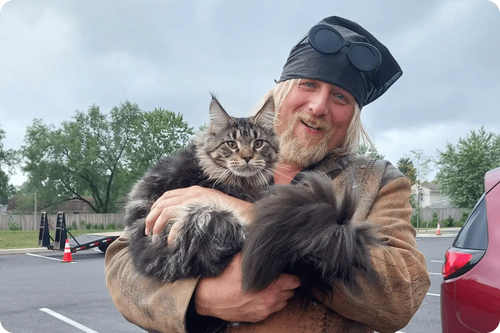
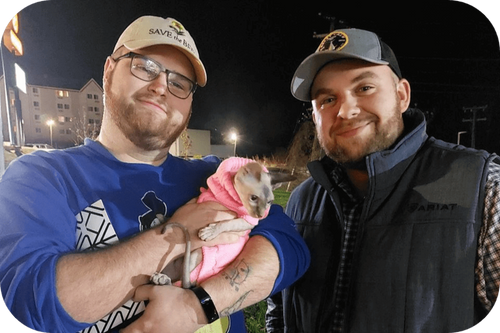
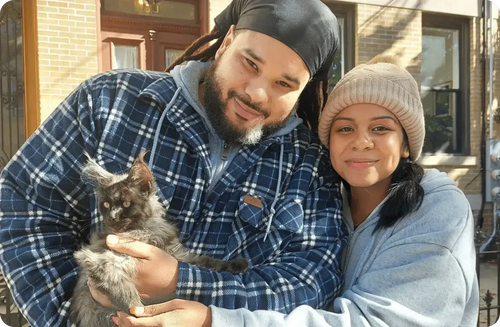
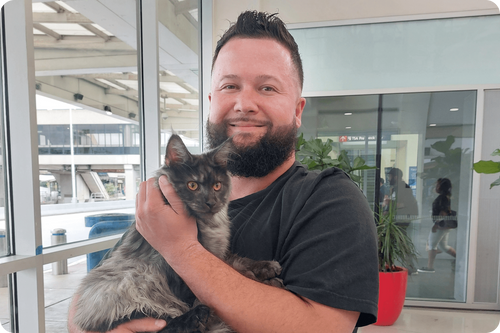
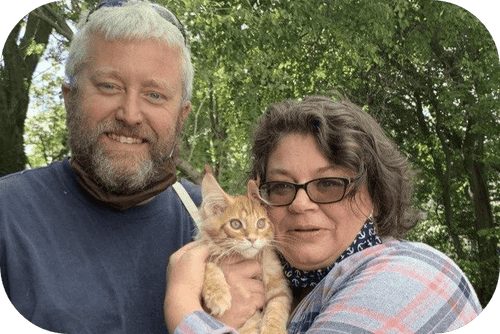












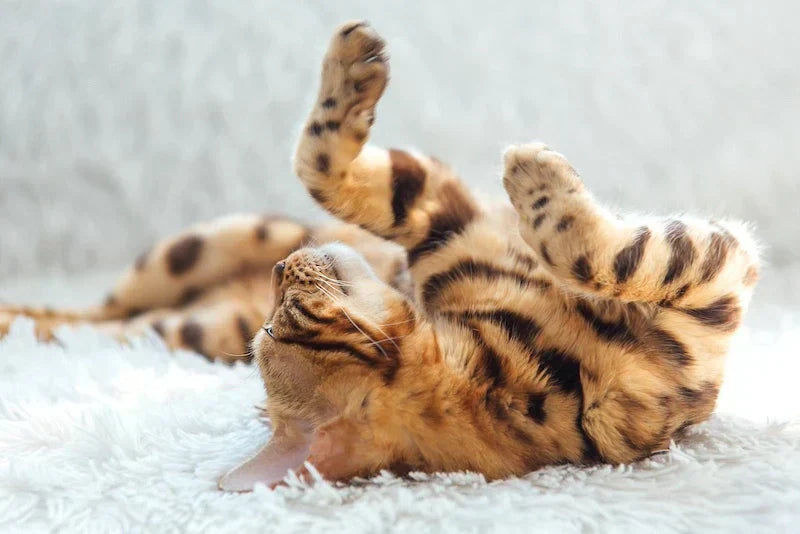
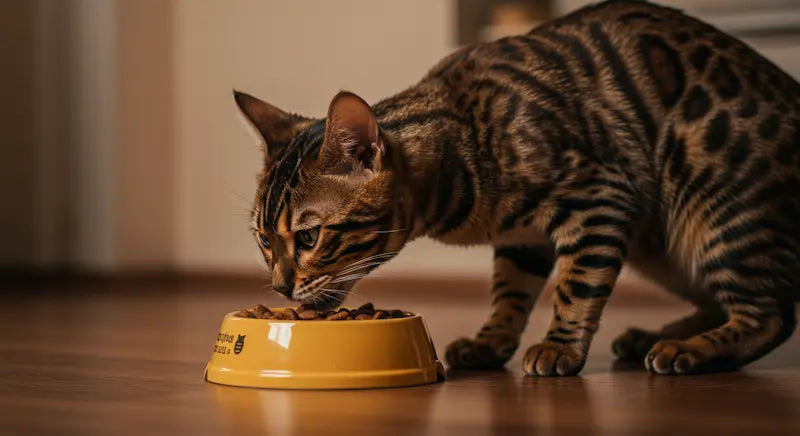





Comments(0)